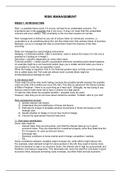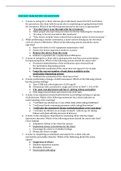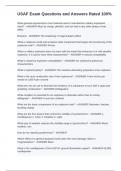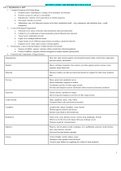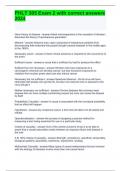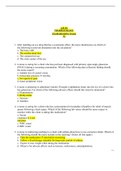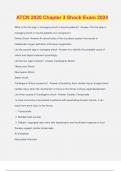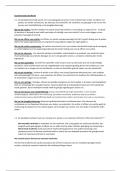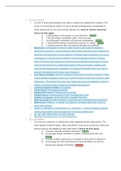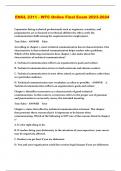Resumen
Risk management 325014-B-6 summary midterm
- Grado
- Institución
This summary includes all lectures (lecture 1 up until lecture 5) of the course Risk management. I also included tutorial 1 and 2 in this summary. I explain how things work in excel too. Topics include: - Introduction to risk management - To hedge or not to hedge - VaR and CFaR - Forwards and fu...
[Mostrar más]
